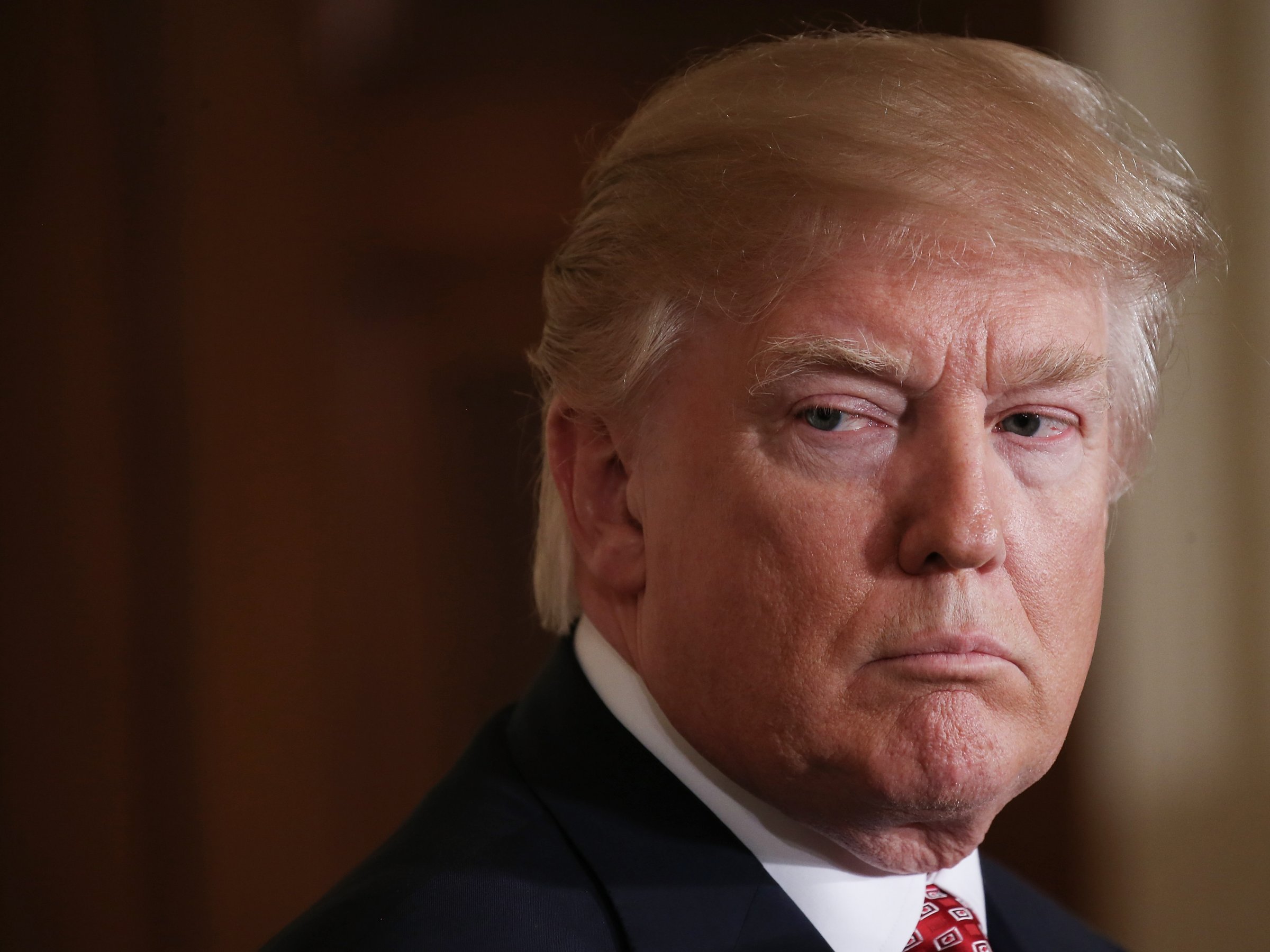
It looks like this bull market just won’t quit. Friday marked the 2,003 trading day since the stock market rally began back in 2009, making it even longer than the bull market that preceded the 1929 crash.
And since President Donald Trump’s surprise victory in November, stocks have been on a seemingly unstoppable upswing with the S&P 500 rallying nearly 10%.
The S&P 500, Dow Jones industrial average, and the Nasdaq all recently hit all-time highs at the same time for five straight days, making for the longest such streak in 25 years.
On top of that, stocks have not witnessed a 1% decrease since October 11. That is the longest streak since 2006.
As Trump noted in a tweet Thursday morning, consumer confidence has also improved. In January, consumer confidence soared to the highest level in over a decade.
And it’s not surprising that confidence is soaring when you consider the fact that a number of economic indicators are improving. The latest jobs report, for instance, exceeded forecasters expectations with 227,000 jobs added versus the predicted 180,000.
And that’s not all. Confidence also seems to have translated into higher retail sales. Retail sales picked up a 0.4% gain in January, which exceeded the 0.1% gain analysts expected.
But despite all of this data that suggests a strong and resolute economy and market, Michael Paulenoff, the president of Pattern Analytics, is still convinced a correction is on the horizon. He points to the current position of the Volatility Index and declining volumes as proof that our 415-weeklong rally is coming to an end.
“For decades volumes have preceded a rise in prices in the stock market. Likewise, declining volume leads to a decline in prices,” he said.
Paulenoff told Business Insider that the end of our current rally will put President Trump in the exact opposite situation as his predecessor.
President Obama presidency began a year after the stock market lost nearly 40% in the midst of the 2007-2008 financial crisis.
“When President Obama’s term as president started the markets were grossly undervalued,” he said.
“Obama just happened to be at the right place, right time — after a 50%-60% correction in the equity market amid historical fears about another depression,” Paulenoff added.
Trump, on the other hand, is not in the right place.
“He is touting the upside in equity markets, for which he is not responsible,” Paulenoff said.”And it’s ironic because the coming correction is also not his fault, but people will likely attribute it to him.”
NOW WATCH: 1,500 happily-married people say the key to lasting relationships isn’t communication — it’s respect













